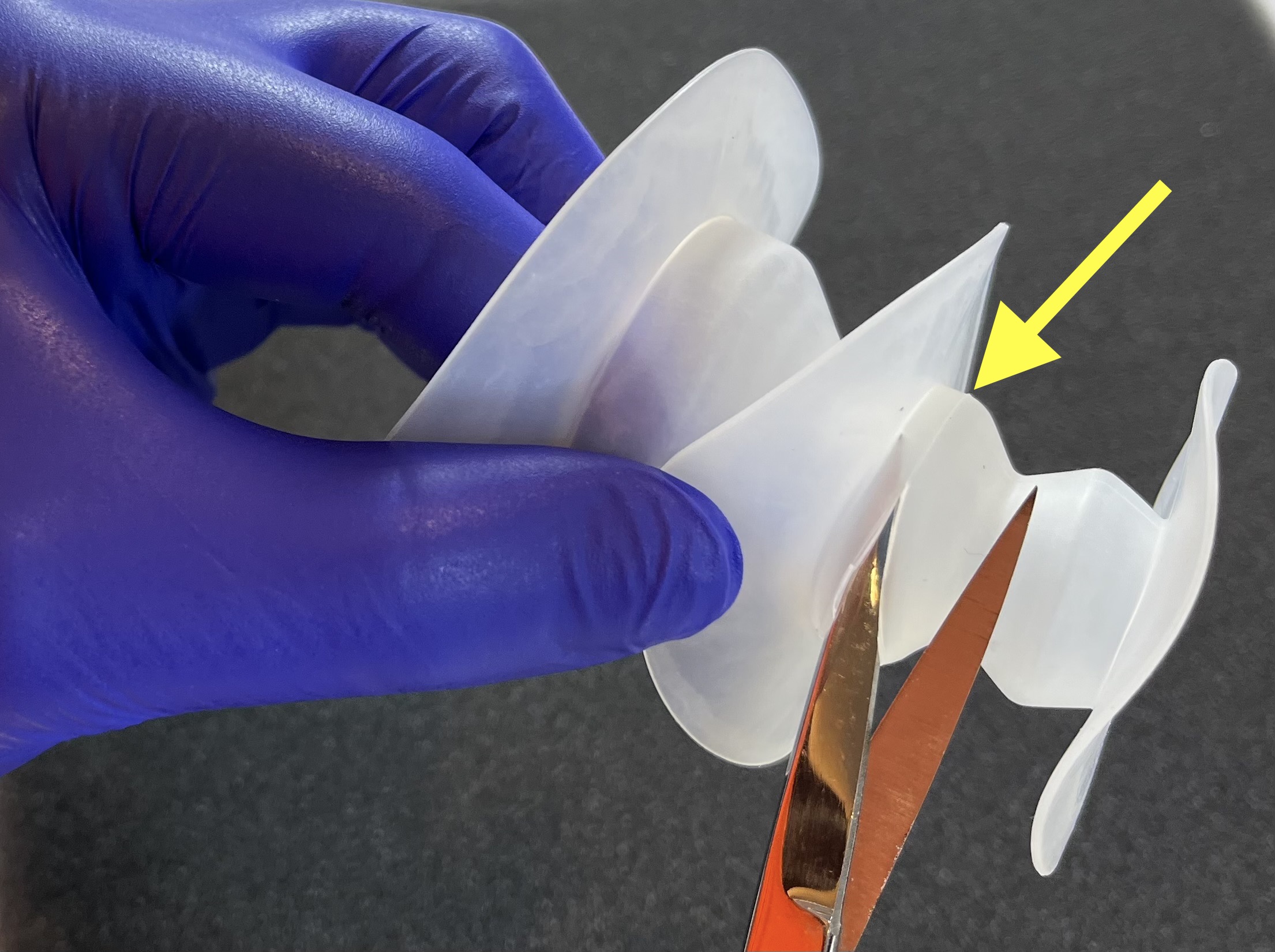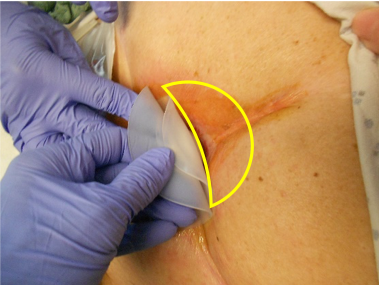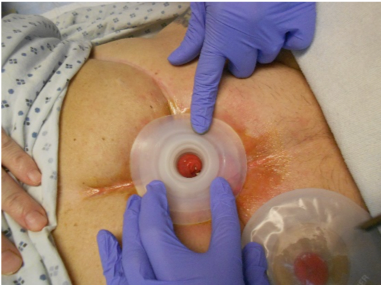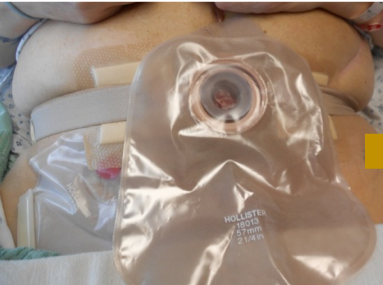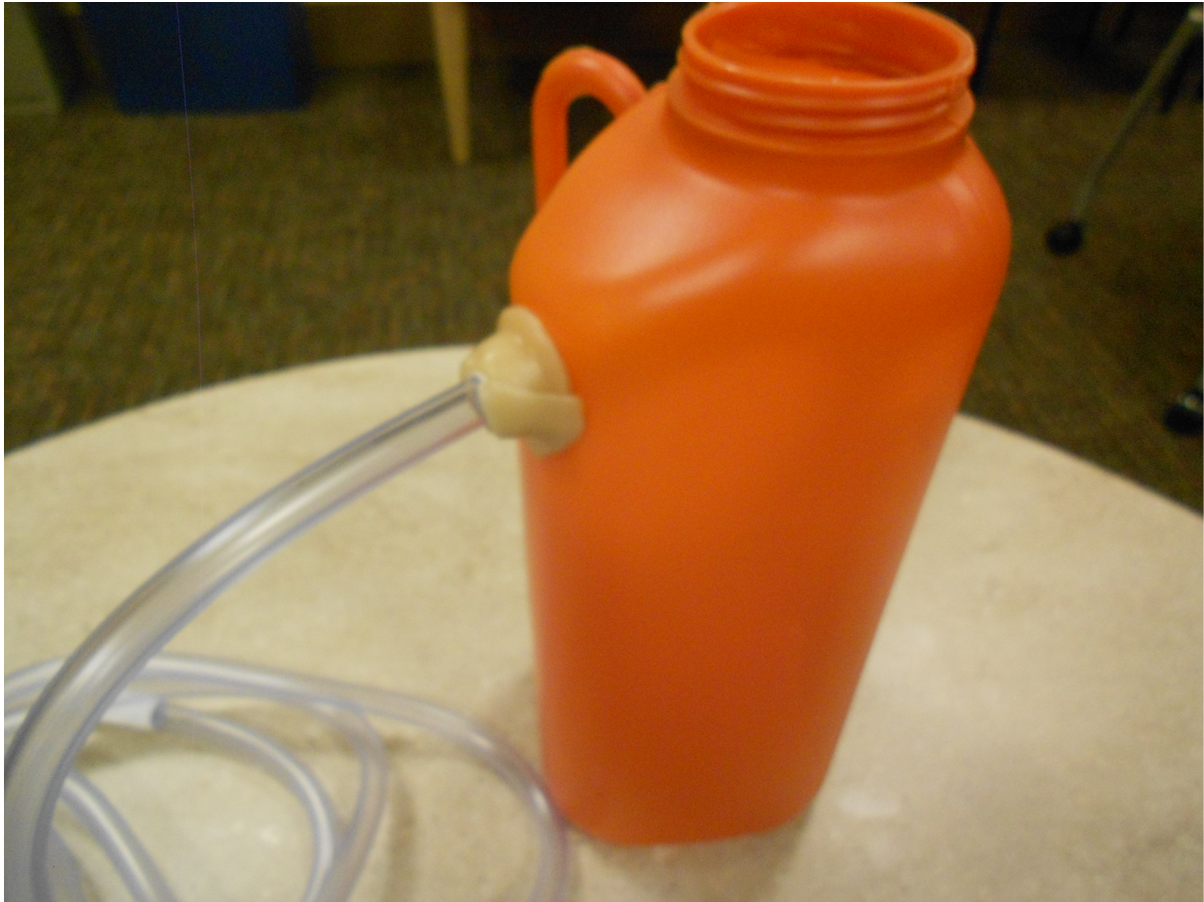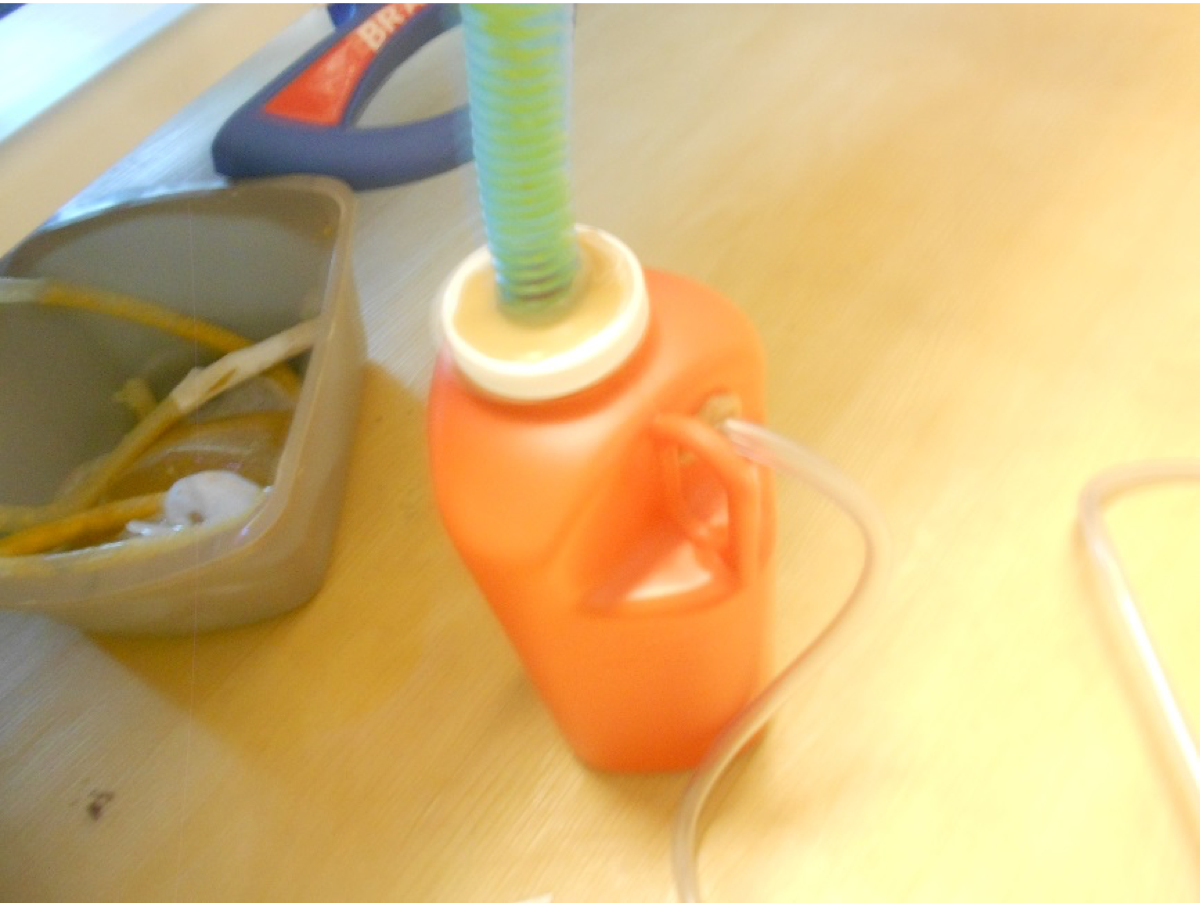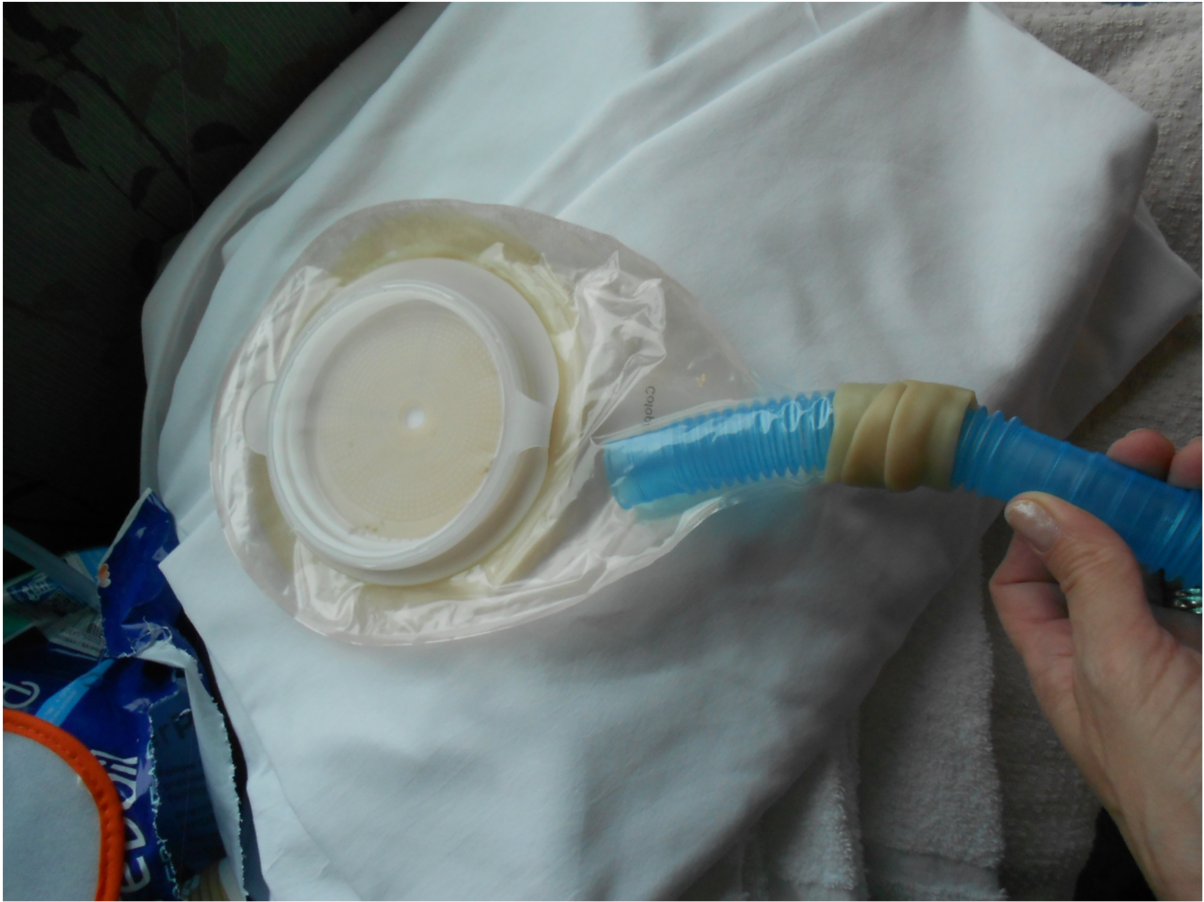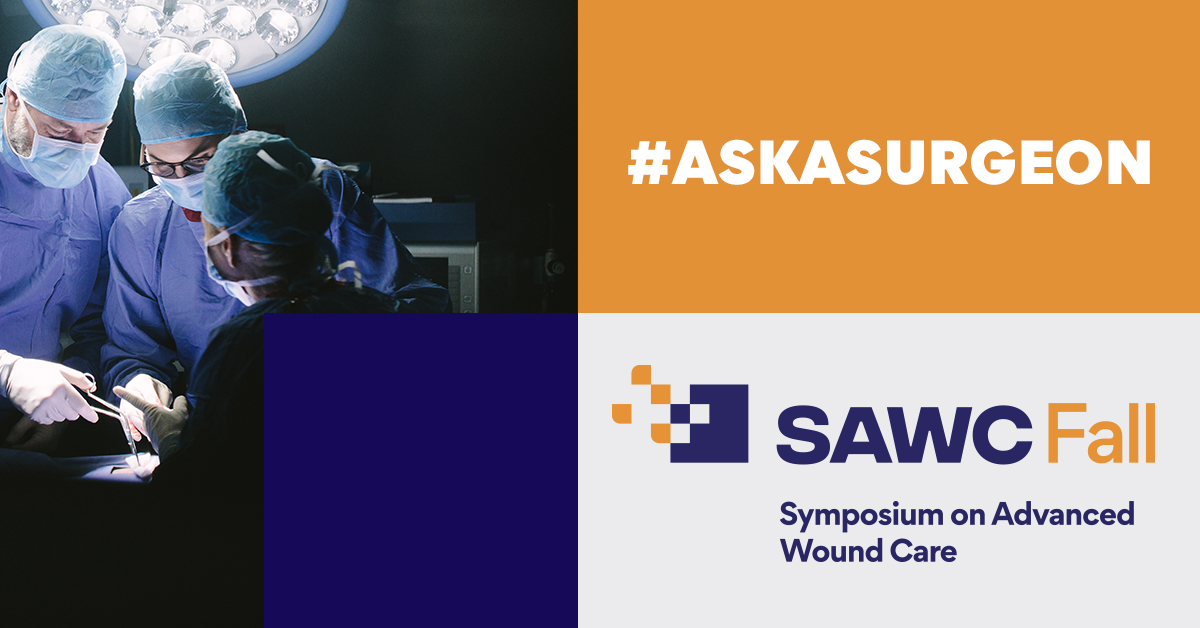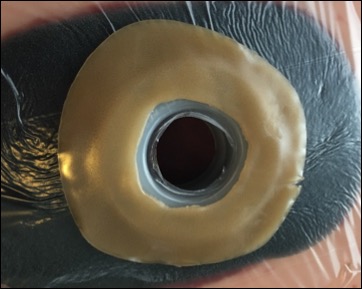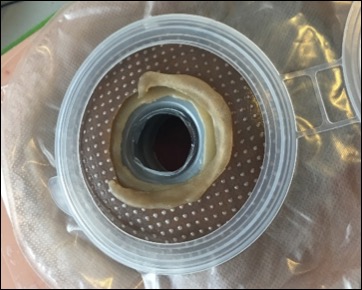The Advanced Concepts session at the upcoming Abdominal Wall Reconstruction Conference includes soft tissue and hernia repair topics and a pair of exciting enteric fistula presentations. Mary Anne Obst, WOCN and Complex Abdomen Specialist at Regions Hospital, will present "EC Fistulas, Stomas, & Complex Wounds: A Nursing Perspective". Mary Anne will be followed by Eric Pauli, MD from Penn State Health Milton S. Hershey Medical Center who will present "Surgical Management of the EC Fistula Patient".
The Advanced Concepts session will conclude with a panel discussion including best practices in fistula management.
The 2020 Abdominal Wall Reconstruction conference will be June 4-6 at the Mandarin Oriental in Washington D.C. Visit the AWR website to see the full conference agenda.




